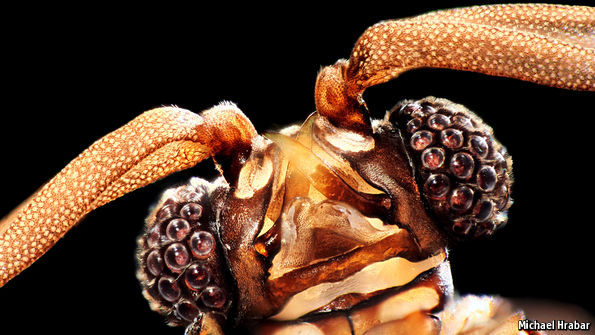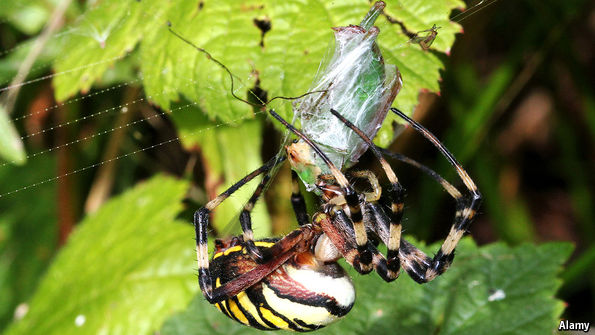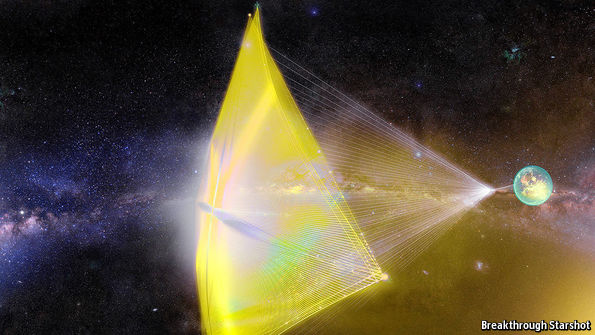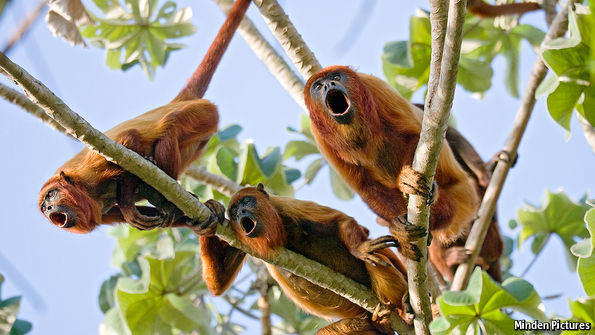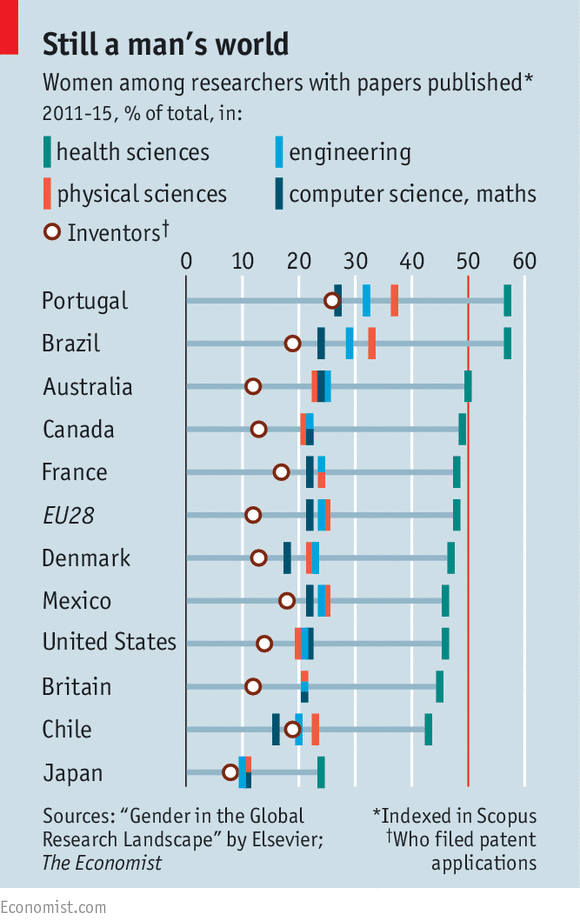Assessing the importance of scientific work

ONE role academic journals have come to play that was not, as it were, part of their original job-description of disseminating scientific results (see article), is as indicators of a researcher’s prowess, and thus determinants of academic careers. Publication in a top-notch title such as Nature or Science is an adornment to a scientist’s CV that is unlikely to be overlooked by an appointment committee. Using such publications as endorsements is, though, necessarily a rule of thumb. A paper’s true quality is better revealed by the number of times it is cited elsewhere (ideally, in papers other than those written by the original’s authors). But citations take time to accumulate. Other, faster means of assessment would be welcome.
That has led to the development of alternative metrics, or “altmetrics”. These extend the concept of citation beyond references in other scientific papers—by recording, for example, how often a paper is downloaded, or when the outcome of a…Continue reading
Source: Economist






